
5 minute read
Off the Wall
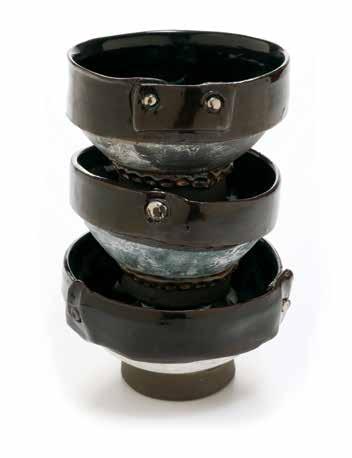
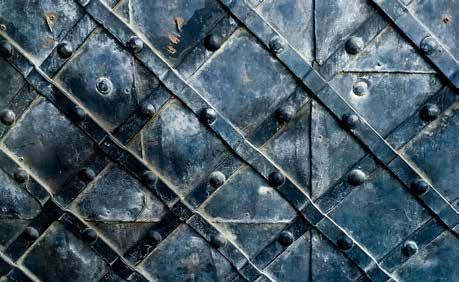

BY CRYSTAL MURRAY PHOTOS BY STEVE SMITH, VISIONFIRE STUDIOS
Turning to the past
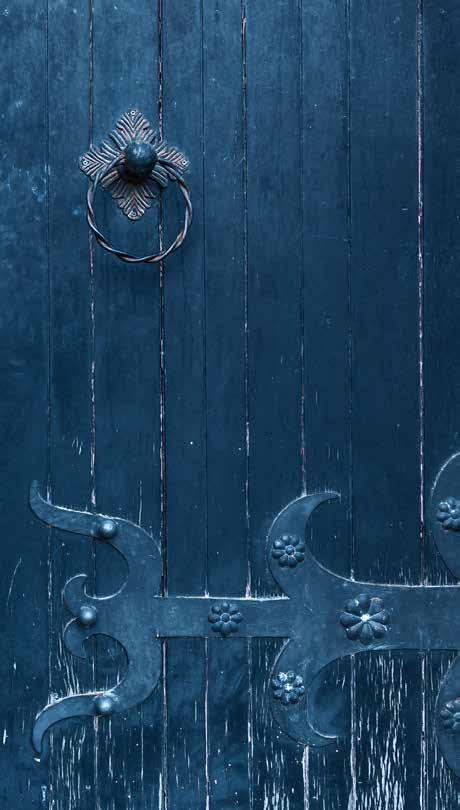
Denise Martin’s pottery wheel occupies a corner of her studio that soaks up the natural light. There is a small shelf to her right that is within reach to place objects fresh from her turning. Another shelf creates an open divide to a table where a row of hand-built butter dishes dry and wait for their time in the kiln. When she takes her head up from her wheel, she looks towards a newly curated showroom with display cabinets she found at a local antique store. There is an earthiness to the air inside her backyard studio in New Glasgow. It’s both grounding and romantic, creating a connection to her work as a modern ceramics artist who finds her inspiration in things from long ago.
Connection and process overlap in Denise’s personal, professional, and creative life. In 2012 Denise, who grew up in Black Point, Pictou County, returned to her roots after working four years in the US. A career in Human Resource Management Systems would be considered an unusual training ground for her new pursuit as a ceramics artist but what she says she learned about in design, testing, functionality, and user experience was invaluable. She applies the science of this knowledge into the art she creates today.
In the eight years since Denise, her husband, and children returned to Pictou County she has immersed herself in her studio practice and the local community arts sector. Before officially launching Martin Ceramic in 2016 she invested her time in learning the various elements of her craft.
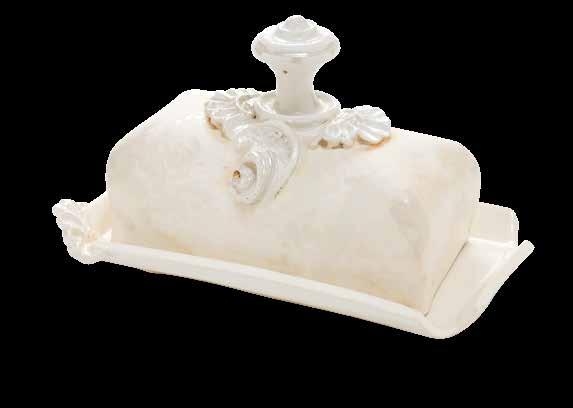
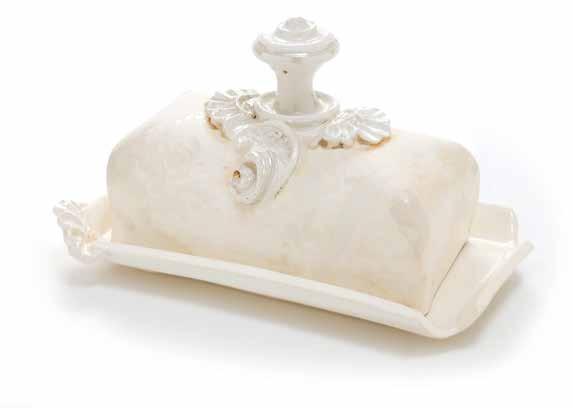
Ceramic Artist Denise Martin honours time and connection
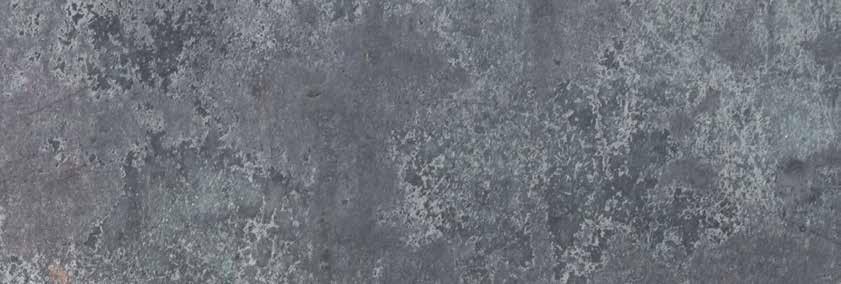
“It took time to explore materials, to understand form, explore techniques and decorating, and experiment with glaze chemistry as well as learning how to operate a kiln,” explains Denise. As linear as the system process goes, Denise’s style is anything but. The objects that comprise her current collection are mostly utilitarian in purpose with a medieval twist. Her goblets, vases, and bowls patinaed like timeless treasures have a heftiness to them. Their grander scale is a departure from trendy minimalism but still finds simplicity in their origins comprised from water, earth, and fire. But there is also a sense of fragility that you experience when you pick up one of her creations. It’s not because a simple slip of the hand and her work would shatter on the floor but a sense that time is fleeting, one era melds into the next and what we hold dear has an opportunity to live on if we honour it. Lifting one of two small oval and ornate picture frames from her studio wall she tells me that they used to belong to her grandmother. “I have made moulds out of the carvings on the frame. From there I make a casting that I use to embellish some of my pieces. There may be an edging on a vase, a foot on a plate, or an accent on a tumbler. It’s a continuation of the conversation,” says Denise who finds comfort in this connection to someone she loved and has passed on. While some of her studio time is spent at the wheel, it’s the hand-building that she says she is really drawn to. Rolling out the clay as if you were making cookies, she says the clay can drape over a rounded surface to make a bowl or wrapped to make a vase. “Hand-building allows the clay to move naturally and participate in the creation,” she adds. Inspired by historic themes, she says that she is pulled towards techniques using metallics, patinas, and lusters. During the early days of the pandemic last spring when Nova Scotians were told to “stay the blazes home,” Denise spent her time firing up the kiln to experiment with different glazes with particular attention to the ancient treatment of terra sigillata to see how it would react to varying degrees of heat. “When the technology of more modern glazes evolved this particular treatment, which translates to mean earth seal, was abandoned. It is interesting to take an ancient technique and see how it reacts to modern firing. A piece coated with terra sigillata will feel very smooth, almost waxy and the colours will be almost translucent.” The pandemic afforded Denise time for extra experimentation but like other artists of many different disciplines, she lost her audience. Craft shows and art markets, her usual conduit to buyers were gone. Again, it was connection that Denise relied on to make it through a difficult time. As she was growing as an artist, she was also expanding her network with like-minded people in the region. A member of the group Creative Pictou County since her return to the region, Denise quickly set to work with other members of the association to create Art Fest, a virtual platform with now more than 750 members sharing various forms of creative expression. Just as a potter gives the clay what it needs to withstand the heat of the kiln, Denise and her fellow artists were giving each other what they needed to survive the intense pressure to sustain their businesses when the economy was suffering. Working from home was not new to Denise, she and her husband both operated home offices when they returned from the US. “The rest of the world was just joining us,” she laughs. Taking to her studio each morning, she says that one day just melts into the next and she says there are a lot of pluses to the new pace even though there are challenges. As a ceramic artist, she is always exploring new ways of doing things but also reflecting on old methods. The pandemic has perhaps nudged along artists like herself to embrace new technologies but to have more time to spend with the things that matter most. While the world seems to be spinning out of control, when she sets to work she feels the pressures of the day-to-day lift away. “At the wheel, there is no sense of pressure. While you are working you are one with the wheel. There is an energy that happens between you and the clay. In those moments it’s fire and earth and the object you are creating that only seems to matter. Everything turns back to connections.”









